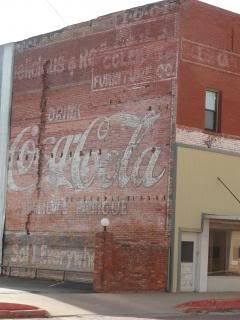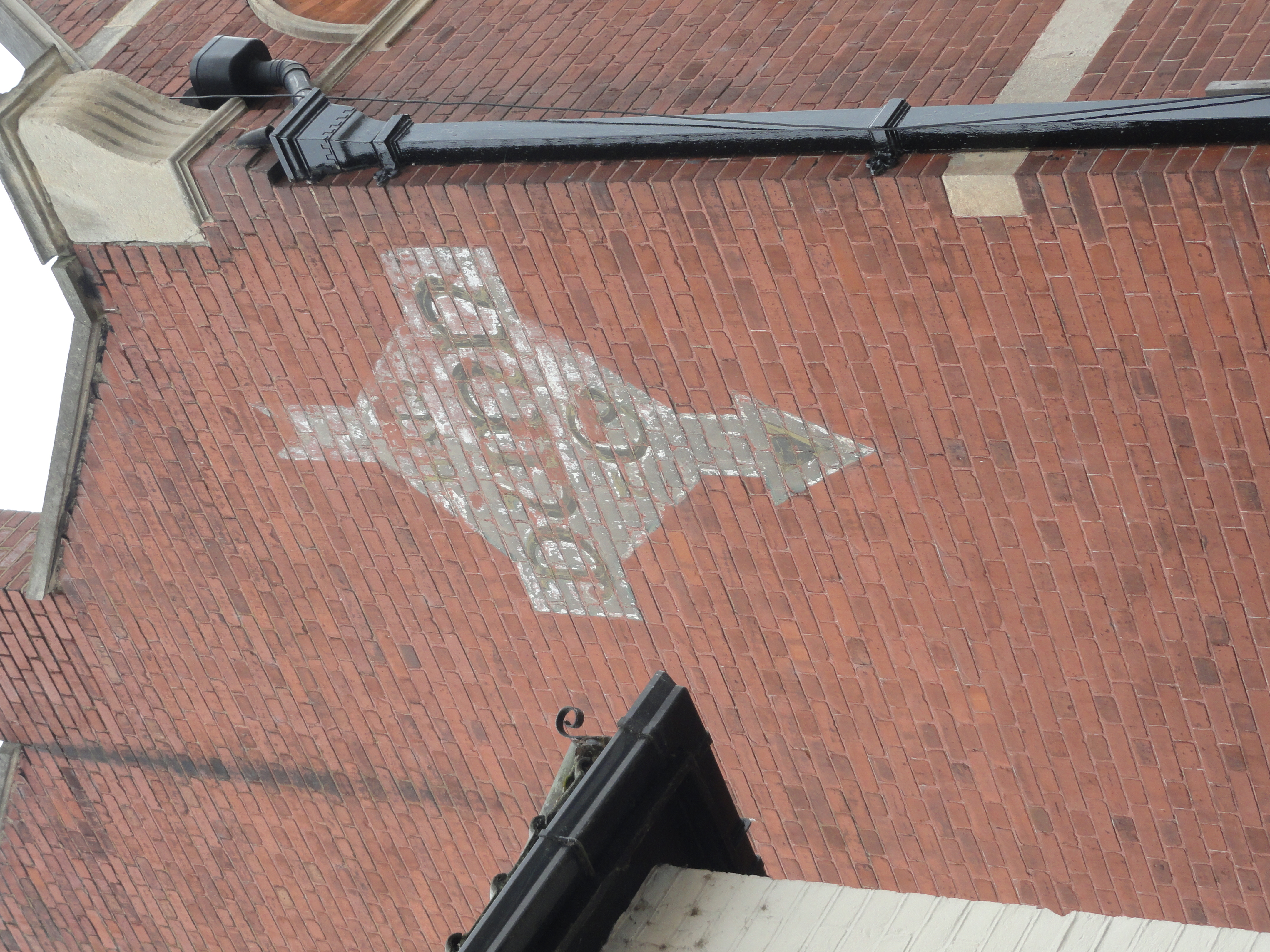Today I'm quoting something Joyce Fetteroll wrote on Always Learning yesterday:
The way schools get academics into kids goes against how we're naturally wired to learn. It's very hard for humans to memorize someone else's understanding of the world and then make sense of it. That's why it takes so long in school. It's why kids can "pass" classes and yet still have little practical understanding of what's been pushed in their heads.
We're hard wired to pull understanding out of life. We're pattern seeking creatures. Natural learning often doesn't look like much of anything from the outside. But it's like working on a million-piece jigsaw puzzle. Kids are working here and there, jumping all over the place, spending a chunk of time in one area, then seemingly abandoning it for another. It doesn't look like progress. But by the time they're teens, the connections they've been creating between all the areas they've been working on shows. And it's not a bunch of memorized facts (that will fade) but a deeper understanding of how things work.
Whereas the kids in school have been told what pieces to put where and how to put them in, to drop that interesting piece because it's not part of the curriculum. By the time they hit middle school most are ready to slam the door on the puzzle and have nothing more to do with it.
—Joyce Fetteroll
SandraDodd.com/connections
photo by Sandra Dodd, and it's a link





